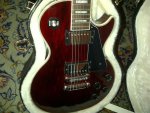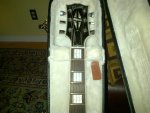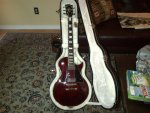groovyisland
hay wasa
come to think of it i will put some 9s on it and see if the pinging stops
i have daddario super light half-rounds to put on it
i like the half rounds cause theres less noise when sliding chords
plus they feel nice under my fingers
i have daddario super light half-rounds to put on it
i like the half rounds cause theres less noise when sliding chords
plus they feel nice under my fingers




